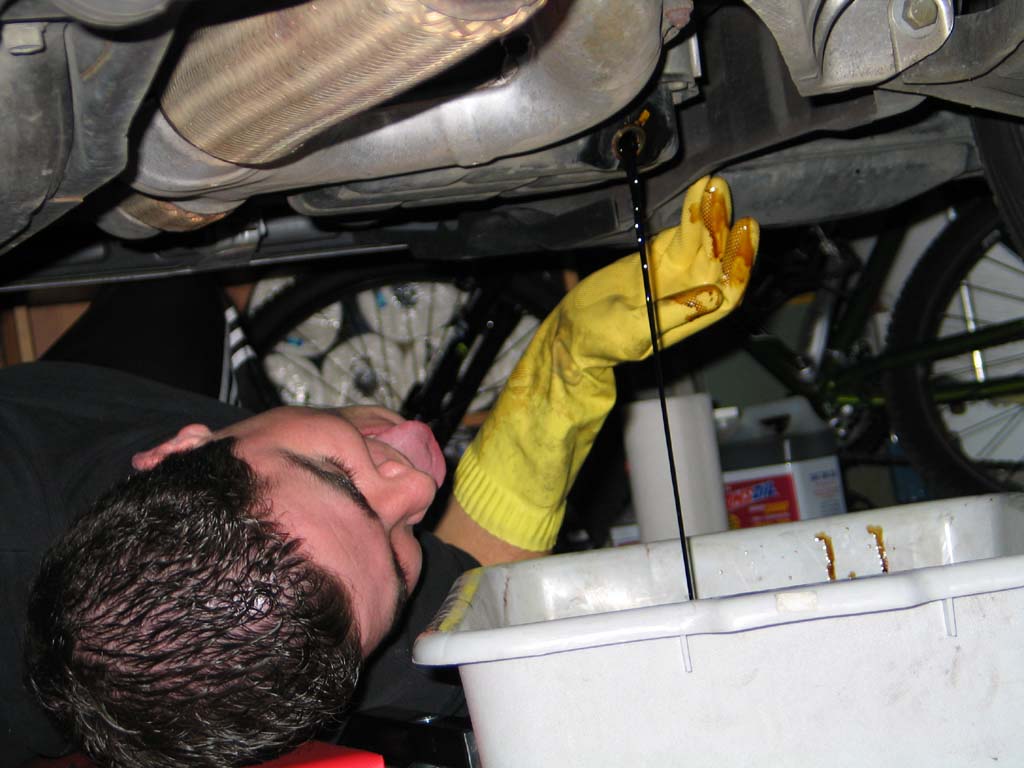 You should change your marine engine oil and filter every 100 hours or every season, which ever comes first. This simple piece of maintenance is often overlooked because it is not quite as easy as changing the oil in your automobile. Following is a step-by-step process which you can follow to make the chore more bearable.
You should change your marine engine oil and filter every 100 hours or every season, which ever comes first. This simple piece of maintenance is often overlooked because it is not quite as easy as changing the oil in your automobile. Following is a step-by-step process which you can follow to make the chore more bearable.
Equipment Needed:
• An oil filter wrench to fit each size of spin-on filter you have
• A box of Zip-Lock baggies large enough to hold an oil filter
• A wrench the correct size for your crankcase drain plug, and a pan shallow enough to fit under your engine if possible or,
• A dipstick-tube oil drain pump and bucket big enough to hold all the oil or,
• An oil drain pump permanently fitted to your crankcase drain plug and bucket
• A roll of paper towels
• New oil filter(s)
• A supply of fresh oil as recommended by your engine manufacturer
Step-by-Step:
• Run the engine(s) until warmed to at least 130 degrees
• Drain the oil using the pump, or into the pan
• Replace the plug or close the valve
• Loosen the oil filter on the engine until it can be turned by hand
• Put a Zip Lock Baggie around the filter, and unscrew the rest of the way
• Use a paper towel to catch drips from the filter’s mounting
• Seal the zip lock baggie keeping the filter upright
• Put it into the new filter’s box
• Using your finger, wet the O-ring atop the new filter with fresh, clean oil
• Screw on the new filter until just finger-tip tight
• Follow the manufacturer’s recommendation as to tightening with the wrench
• Re-fill the crankcase with new oil (see your engine handbook)
• Be sure to add a quart for the filter
• Wipe up any drips
• Start the engine and let it run a few minutes
• Checking to be sure oil pressure comes up and there are no oil leaks around the filter or drain plugs
• Dispose of the oil properly at an approved disposal facility
Did you like this? Share it:
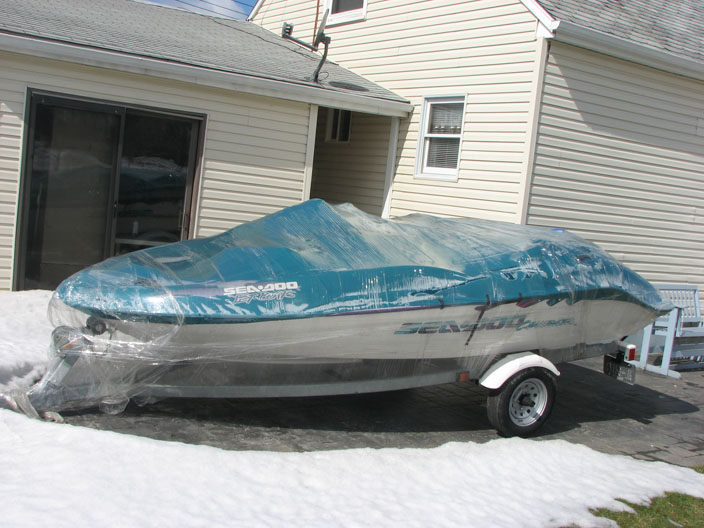 It may be sometime before the season ends, but you’ll want to read up on the precautions you need to take to ensure a long life for your boat. Prior to the step below, Drain the gear case and check for excessive moisture in the boat motor oil.
It may be sometime before the season ends, but you’ll want to read up on the precautions you need to take to ensure a long life for your boat. Prior to the step below, Drain the gear case and check for excessive moisture in the boat motor oil.

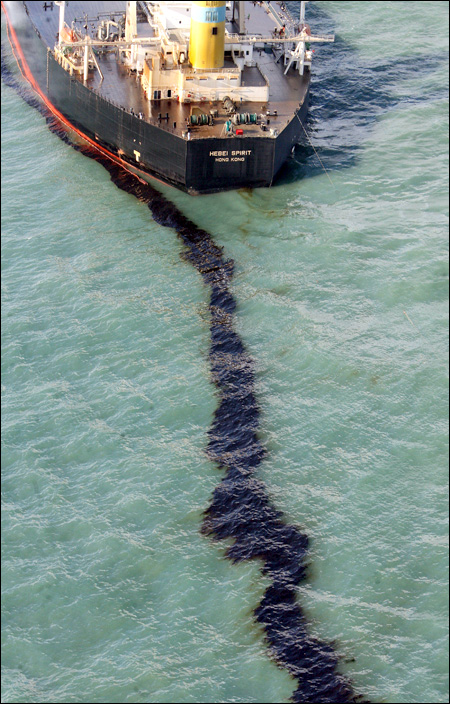 Just like with your car,
Just like with your car, 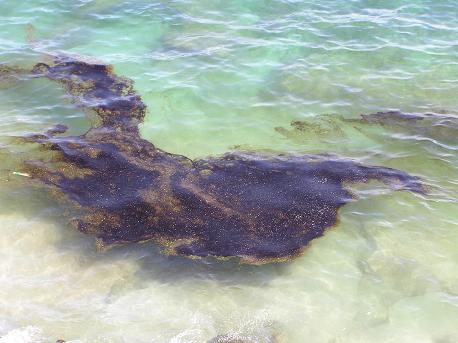 Part of being a responsible boater is to ensure that your boat isn’t leaking
Part of being a responsible boater is to ensure that your boat isn’t leaking  You should change your
You should change your 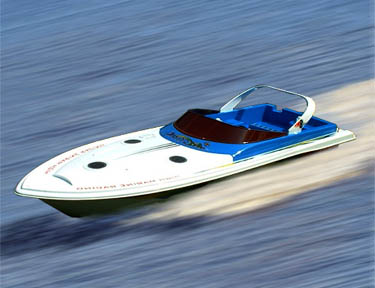 Depending on your engine type, how fast it could potentially go and how quickly it will burn through oil, you have several brands to choose from. Some people align their engine brand with the oil (such as using
Depending on your engine type, how fast it could potentially go and how quickly it will burn through oil, you have several brands to choose from. Some people align their engine brand with the oil (such as using 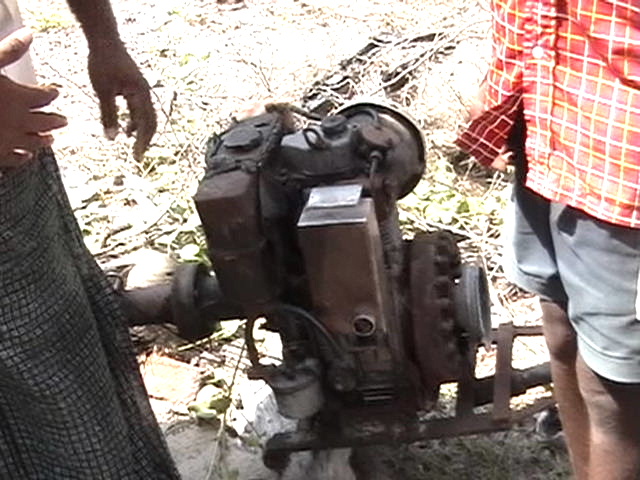 Over time, saltwater can cause serious damage to any engine, even with the usage of the best
Over time, saltwater can cause serious damage to any engine, even with the usage of the best 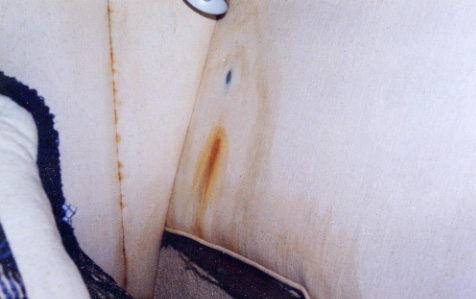 One of the most overlooked problems that boat owners have is leakage. Whether your vessel is leaking
One of the most overlooked problems that boat owners have is leakage. Whether your vessel is leaking  The best answer is… It depends. I/Os are the often the least expensive, and you have the advantage of having a realtively car like (simple) installation. You can get to the engine pretty easily in most boats. The disadvantages are that the outdrive can’t tilt clear of the water, so if you boat in saltwater the aluminum outdrive is always submerged and subject to corrosion. Also, the rubber bellows that encloses the drive shaft, as it comes out of the boat and into the outdrive is usually at least partly submerged. A hole, or tear, in it can sink the boat.
The best answer is… It depends. I/Os are the often the least expensive, and you have the advantage of having a realtively car like (simple) installation. You can get to the engine pretty easily in most boats. The disadvantages are that the outdrive can’t tilt clear of the water, so if you boat in saltwater the aluminum outdrive is always submerged and subject to corrosion. Also, the rubber bellows that encloses the drive shaft, as it comes out of the boat and into the outdrive is usually at least partly submerged. A hole, or tear, in it can sink the boat.

 An Environmental Guide for Watercraft Operators
An Environmental Guide for Watercraft Operators As a top performer
As a top performer